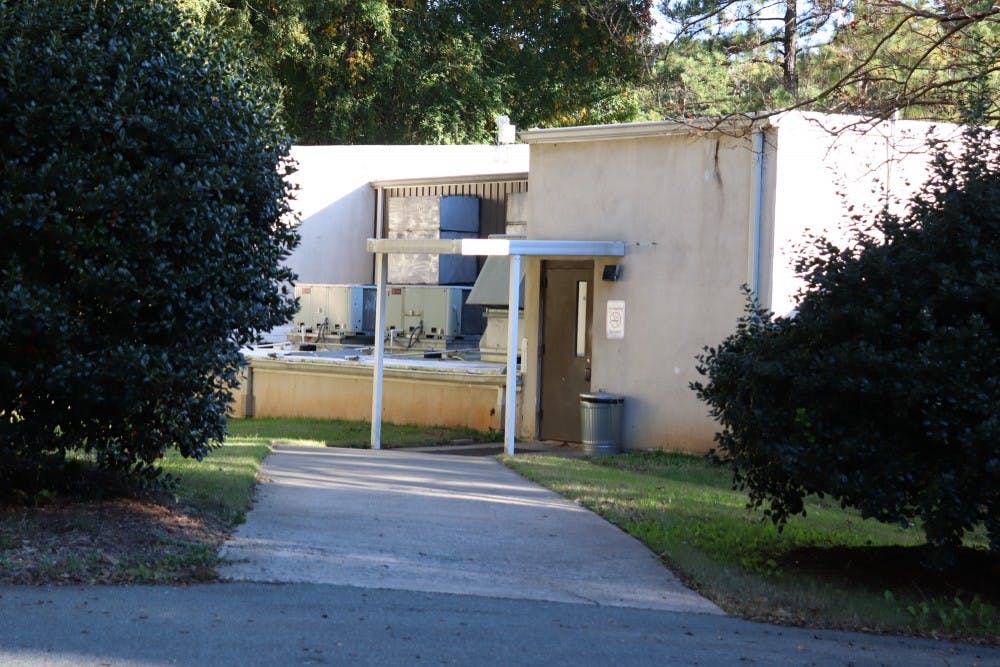During an evaluation of its properties in 2013, the Town of Chapel Hill uncovered an unpleasant surprise: an estimated 60,000 cubic yards of coal ash buried beneath the police station.
Since then, the Town has held several meetings and plans to hold up to four more, having also contracted out several environmental groups to determine the coal ash’s impact.
The coal ash acts as structural fill. Workers removed soil from the site in the 1950s and 60s, and the coal ash was later added to replace the lost soil. State law permits coal ash to be used as structural fill, but developers must notify the N.C. Division of Waste Management — a policy not in place when the coal ash was added.
The problems don’t end there. According to the report by Hart & Hickman, an environmental consulting group commissioned by the Town, the fill is 20 feet thick in some places, far over the state’s required one foot. State law also mandates that fill is covered by at least 18 inches of soil. In some places at the police station, ash is exposed.
Coal ash has eroded down the steep embankment near the police station, which faces the Bolin Creek Trail and Bolin Creek. The trail is separated from the ash by a fence.
The report shows toxins at high levels, particularly manganese concentrations 172 times higher than the state standard. Because there are no drinking wells nearby, the N.C. Department of Environmental Quality determined these toxins pose little risk to humans.
Currently, the Town is pursuing two main avenues for cleanup: grants from the DEQ’s Brownfields Program or Inactive Hazardous Sites Program. A Brownfields site is an underutilized site with environmental contamination that prevents future development.
Town correspondence with DEQ employees indicates a preference for the Brownfields program, but the Town withheld official support for any particular program.
“A top choice has not been selected by the Town Council,” said John Richardson, the Town of Chapel Hill's planning manager for sustainability. “The staff was charged with exploring the Brownfields option and is asking N.C. DEQ for an official determination of the Town’s eligibility for the Brownfields program for this site.”




